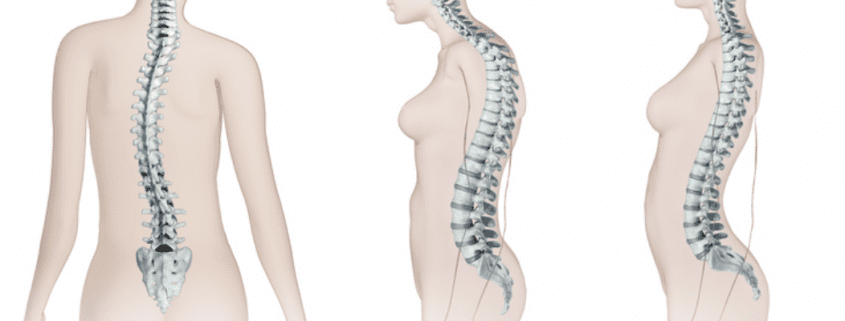Lordosis and degeneration
Even if there is evidence that not all individuals with degenerative joint disease (DJD) suffer, one can safely admit that DJD is associated with chronic low back pain.
It is known that DJD affects approximately 80% of the population aged 40 and above. It also happens to have complex association with chronic low back pain.
Risk factors have been associated with DJD:
- Abnormal or excessive joint loading;
- Excessive occupational standing or lifting;
- Trauma;
- Birth defects;
- Genetic predisposition.
In the context of this study (https://www.ncbi.nlm.nih.gov/pmc/articles/PMC5539892/), 301 male and female chiropractic patients were studied. A highly curvilinear correlation between lordosis and DJD of the lower lumbar spine in both sexes was found, irrespective of the effects of age.
For us posture freaks here, optimal lordosis was actually associated with minimal DJD in the lower lumbar spine.
If it’s true that it is known that decreased lordosis increases the load on the intervertebral discs and that increased lordosis increases the load on facet joints, not all experts tend to agree that that is a problem, per se. That being said, a lot of these same experts do claim that, if it is a problem, we just don’t possess the technology to do anything about it.
That is where Posturology comes in. It most definitely has to make a stronger contribution to the literature on the account of modifying lumbar curvature but, clinically, that is precisely what it does. Now, the ticket for improved lumbar curve, for the posturologist, often has to do with foot stance. We find that, in most cases of increased lordosis, the feet present with a strong valgus. When it comes to a decrease in lumbar lordosis, we often find a varus foot.
Logically, we like to address the foot to impact the back. Making links… that’s Posturology!
https://www.ncbi.nlm.nih.gov/pmc/articles/PMC5539892/


Leave a Reply